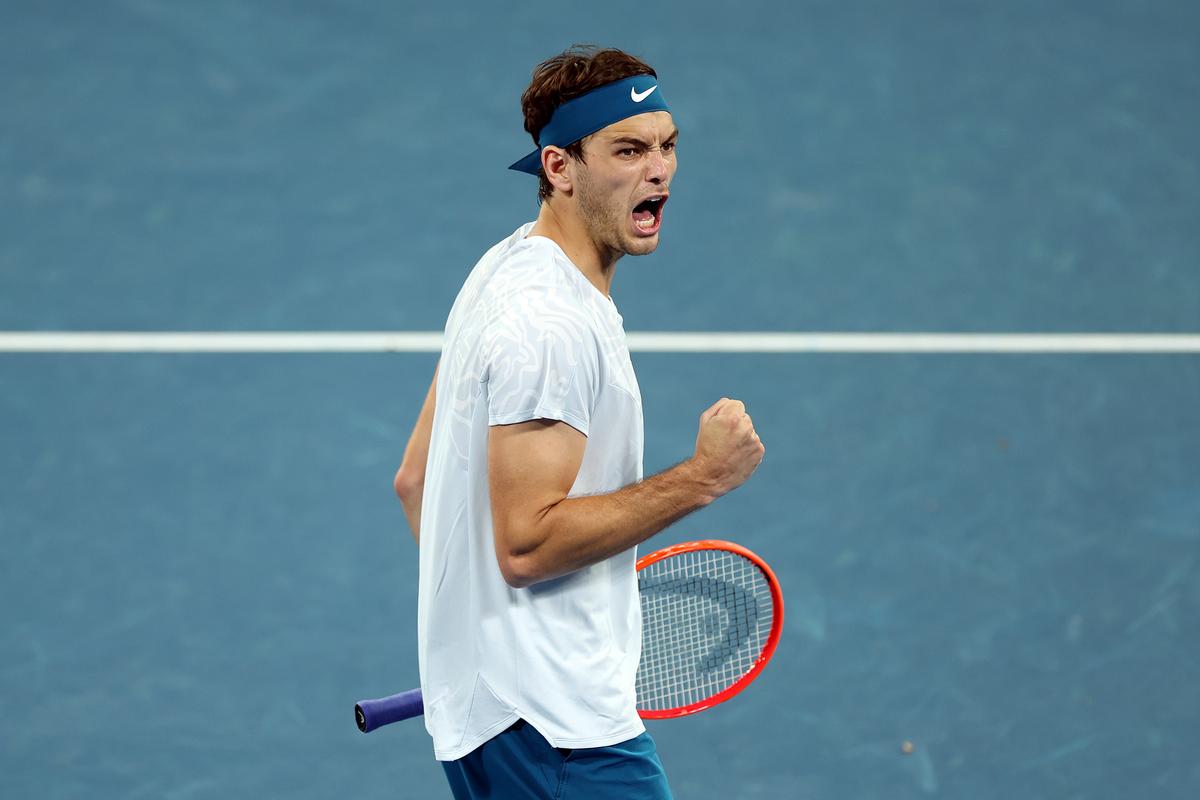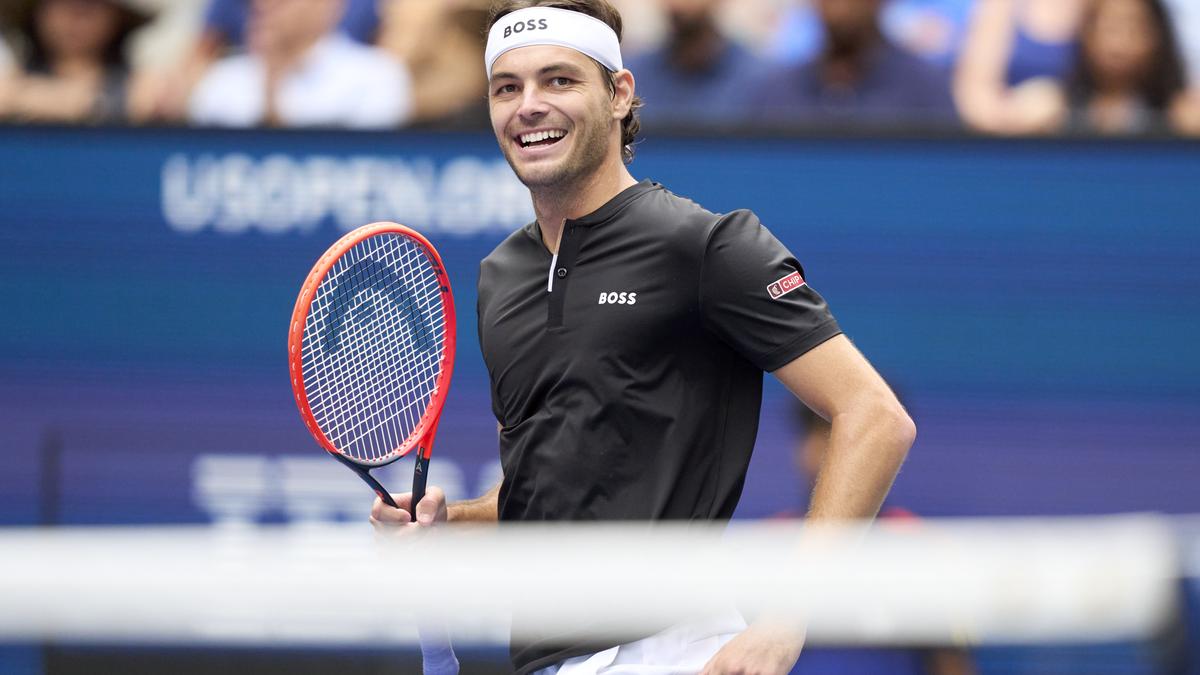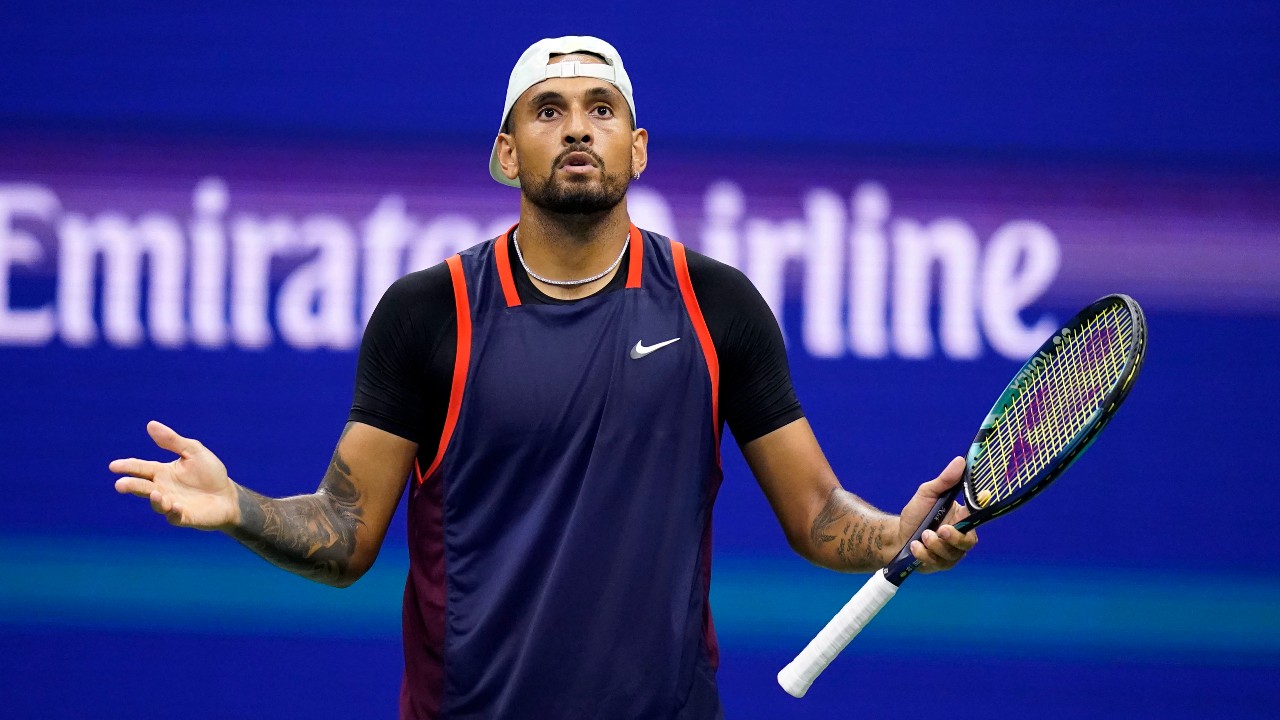Jannik Sinner’s straightforward win over Taylor Fritz in the final of the US Open ended the possibility of a longstanding American dream being realised. There hasn’t been a male singles Grand Slam champion from the USA in 21 years, and Fritz’s run to the summit clash had raised hope among American tennis fans that the drought would finally be over.
It is, indeed, quite a dry spell for a country accustomed to celebrating the triumphs of American men for decades. From the 1970s to the early 2000s, Jimmy Connors, John McEnroe, Jim Courier, Pete Sampras and Andre Agassi claimed 41 Major titles between them.
Grand tradition
American tennis supporters of an older vintage witnessed the establishment of a grand tradition, with Bill Tilden, who dominated the 1920s and became the first man to win 10 Grand Slam crowns, and Don Budge, who collected a record six Majors in a row (1937-38), following Richard Sears and William Larned, who had claimed seven Majors each.
But the rich catalogue of American men winning tennis’ four biggest tournaments hasn’t had an entry since 2003, when Andy Roddick triumphed at Flushing Meadows. Fritz was five years old at the time. The last man before Fritz to even contest a Grand Slam final was also Roddick, who lost to Roger Federer at Wimbledon in 2009.
“I would love nothing more,” Roddick said on his podcast before the final, “than for an American to win on Sunday. … I get this anxious feeling every time they have to answer for it.”
Although Fritz, a 26-year-old from California, couldn’t keep up with Sinner, the progress he made in New York was undeniable. He beat two top-10 opponents — former finalists Casper Ruud and Alexander Zverev — en route to his first Grand Slam semifinal, where he took down compatriot Frances Tiafoe. After four unsuccessful quarterfinal appearances at the Majors, which suggested he had hit a ceiling, it was just the breakthrough Fritz wanted.
“I know we have been waiting for a champion for a long time so I’m sorry I couldn’t get it done this time,” he told a supportive crowd after his runner-up finish. “But I’m going to keep working and hopefully I’ll get it done next time.”
Does Fritz have what it takes, however, to “get it done next time”?
The big game: At 6’5”, the American is armed with a powerful serve and forehand — not uncommon at the elite level but enough to work with. | Photo credit: Getty Images
At 6’5”, the American is armed with a powerful serve and forehand — these aren’t uncommon traits at the top level of men’s tennis. “Big serve, very solid from the back of the court, he can hit strong, he can hit with rotation, he can mix it up,” Sinner said, assessing Fritz’s game, but he could easily have been talking about a dozen other players in the top-30. So while Fritz doesn’t appear to have a quality that marks him out as an outlier and greatly improves his chances of winning big events, he certainly has enough to get within range.
Sustainable run
Encouragingly for Fritz, he believes his performance at New York is repeatable; at no point was his play inexplicably above his potential. “It is a great feeling to have gotten to this point, knowing that I’m playing well, but I’m playing very within myself, and I feel like it’s repeatable,” he said. “I don’t think I, at any point, was, like, wow, I’m playing incredible, or I’m playing out of my mind.
“There’s still a lot of room for improvement. And something I’ve said throughout my entire career, whether it’s when I won my first ATP point or I won my first Challenger or whatever it is, I’ve always said once I do something once, I just feel a lot more confident in being able to do it again.”
Michael Russell, Fritz’s coach, thought the keys in the final were that his charge made too many groundstroke errors, particularly on forehands, missed his spots too often on serves and perhaps should have tried to get to the net more than 19 times (he won 13 of those points).
“That’s just kind of how it goes, when you’re playing … the best player in the world right now,” Fritz said. “My ‘Plan A’ is not working. The ‘Plan B’ that I fall back on would normally be just bringing everything in, being a little bit safer, grinding it out. That works, along with my serve, against a lot of other players. But against him … he’s just going to bully me a little bit too much.”
Interestingly, Fritz had responded well when he was bullied on court in the semifinal by the explosive Tiafoe, a friend from their junior days. “He overwhelmed me at the start and I was freaking out a little,” said Fritz, who fought back for a 4-6, 7-5, 4-6, 6-4, 6-1 win. “I just told myself to stay in it, hold serve and apply scoreboard pressure. I did all I could to stay in it.”
Tiafoe, who has known Fritz since they were 12 or 13, said the changes in Fritz since then are remarkable. “When I first met him, Taylor was an odd cat, a different cat. I definitely wasn’t thinking he was going to do what he’s done,” Tiafoe said. “He’s changed his body unbelievably. He’s just really talented. He was a part-time player; then he started putting more time into it.”
A son of two ex-pros — his mother, Kathy May, reached the quarterfinals at the US Open and French Open — Fritz achieved a mental turnaround in New York. His 0-4 record in the last-eight stage at the Majors needed addressing, and a bout of introspection did the trick; he realised he wasn’t being completely honest with himself.

Eyeing opportunities: Fritz believes that the Majors are more open than ever and backs his chances of ending the USA’s dry spell. | Photo credit: Getty Images
“I think the mental coping I was doing was, well, every time I was in the quarters I played Djokovic,” he said. “That was my way to protect my ego. But then I got a look at Wimbledon where I didn’t play Novak in a quarter. I played [Lorenzo] Musetti and he outplayed me. I think that’s when I was, like, okay, maybe that excuse doesn’t quite work anymore.”
Open season
As a result, he was mentally switched on and better able to take advantage of the Week 1 losses by Djokovic and Carlos Alcaraz, which created a hole in the draw. This is a situation that is increasingly likely to happen, as men’s tennis opens up after the Big Three. With Federer retired, Nadal playing sparingly and Djokovic enduring his first season since 2017 without at least one Grand Slam trophy, there are more chances for new faces.
Indeed, Fritz believes that the Majors are more open than ever. “I don’t think you have to play unbelievable to go deep in tournaments and contend, although to beat the top guys you still need to bring your best game.”
He also feels that American men’s tennis is on the brink of a new golden age, with five players — Fritz, Tiafoe, Tommy Paul, Ben Shelton and Sebastian Korda — in the top 20. “It gives hope and shows that we’re knocking on the door of winning a Slam,” Fritz said. “Whenever one of us does something, the others get belief from it. I think this is just the start for all of us.”
Published – September 13, 2024 11:54 pm IST













